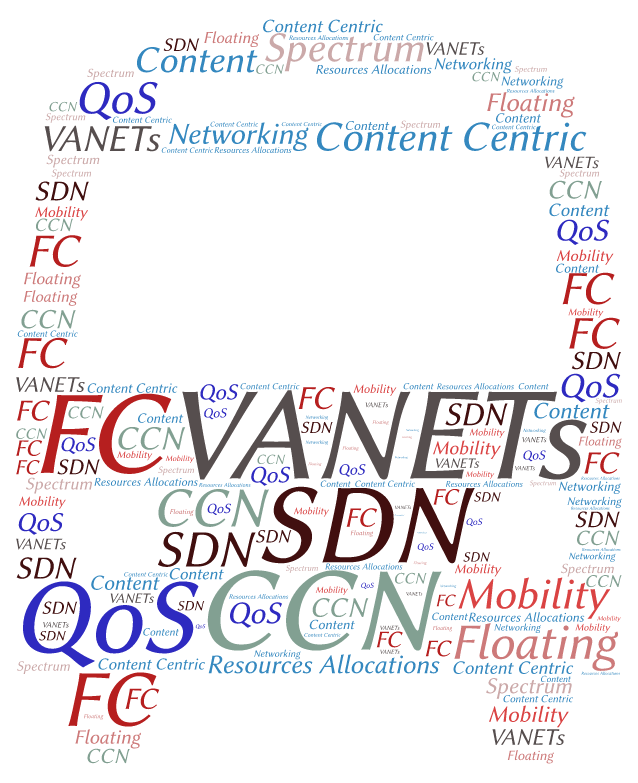The CONtext and conTent Aware CommunicaTions for QoS support in VANETs (CONTACT) project targets Vehicular Ad-Hoc NETworks (VANETs) supporting delay-tolerant and bandwidth-demanding infotainment services as well as safety critical applications which require stable links, low latency and the lowest possible packet loss rate. The applications will make use of V2V, and/or V2I communications. 
Vehicular Ad hoc Networks (VANETs) have been receiving a lot of interest from academia, automotive industry, and government, as they hold the potential to enable a wide range of applications and services, improving both safety and comfort on the road. One of the main drivers of vehicular communications is the support for safety applications (e.g. accident, traffic jam notifications), which together with the more recent autonomous and coordinated driving applications require low end-to-end delay and no packet loss.
These applications will share the vehicular network resources with services with very different QoS requirements, such as infotainment services (e.g. live video streams, tourist information). Due to the volatility of the vehicular environment, VANETs are characterized by a dynamic topology, short-lived intermittent wireless connectivity, and a cooperative and decentralized communication paradigm. All these features make the provision of high levels of QoS in VANETs a challenging task. Even more challenging is the support of a very diverse set of QoS requirements, due to the high heterogeneity of existing and prospective vehicular applications. The main existing approaches to QoS provisioning in VANETs either tackle this issue by focusing on a single layer of the network architecture, or focus on enabling a single specific QoS class of service. The CONTACT project aims at enabling Quality of Service (QoS) support in VANETs by taking a multi-pronged, cross-layer approach, by developing a set of communication techniques, which efficiently adapt, at the same time to the highly volatile and unstable vehicular environment, to content attributes and properties, and to application performance requirements. For this purpose, CONTACT will investigate the use of three different emerging approaches: ContentCentric Networking (CCN), Software Defined Networking (SDN), and Floating Content (FC)
